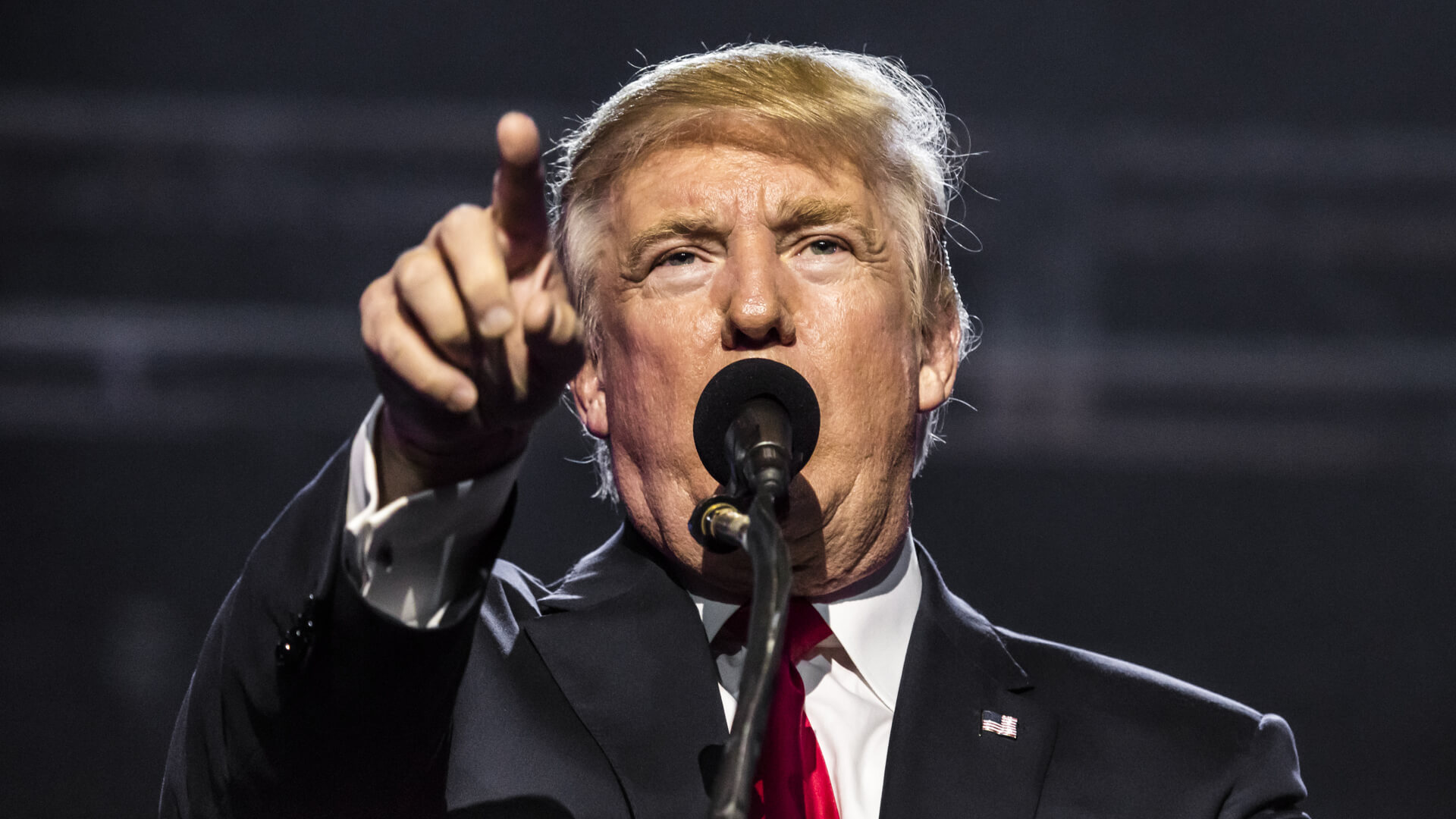
President Donald Trump has asked Congress for $58 million in security funding in light of the assassination of Charlie Kirk, raising questions about what it will mean for taxpayers.
Lawmakers said the money is needed to protect members of the executive and judicial branches and safeguards the country’s ability to engage in civil discourse in a politically divisive era.
See Next: 8 Ways Trump’s ‘One Big Beautiful Bill’ Could Offer Tax Relief
Read This: 8 Common Mistakes Retirees Make With Their Social Security Checks
While $58 million represents only a fraction of the nation’s $6.6 trillion budget, even relatively small outlays can add up. If spending snowballs, it could ultimately contribute to higher taxes or inflation that affects consumers’ wallets.
How much will additional security cost you as a taxpayer?
What $58 Million Buys
Pending Congressional approval, the administration wants to use the money to protect the executive and judicial branches in response to an uptick in political violence.
Specifically, the plan calls for doubling the lifetime amount to $20,000 to secure their homes under the Residential Security Program, which provides physical upgrades and monitoring to reduce threats.
Concerns over security funding aren’t limited to Trump’s request. Federal courts recently warned that a House stopgap bill provided insufficient money for courthouse protections, leaving some judicial facilities vulnerable if additional resources aren’t approved, according to Reuters.
For You: Trump Wants To Eliminate Income Taxes: Here’s What That Would Mean for the Economy and Your Wallet
How It Affects Taxpayers
The actual cost per taxpayer is minimal in the short term.
At roughly 150 million taxpayers nationwide, dividing the $58 million request by that base comes to about 39 cents per taxpayer — a back-of-the-envelope calculation using IRS filing data.
If enacted, the money would be part of regular federal outlays rather than a stand-alone fee, joining other security costs already in the budget.
Pennies Today, Pressure Tomorrow
Today’s 39-cent cost per taxpayer might be easy to overlook, but federal spending rarely exists in isolation.
New security measures, like the one the Trump Administration proposed, often create ongoing obligations and over time these commitments can become recurring budget items that add up, especially if no other spending programs are cut.
Wayne Winegarden, economist at Pacific Research Institute, said that without real spending discipline, even small allocations can snowball into higher taxes or borrowing costs that strain household budgets.
The Long View on Spending
Winegarden also said that real budget discipline requires intentional prioritization. Without it, even modest new programs can contribute to mounting debt and, eventually, more strain on families’ finances.
“The broader point is that without spending discipline and a more intentional prioritization of the budget, the adverse impacts on families’ budgets will only worsen,” he said.
For example, he explained that higher federal spending usually translates into costs for households. It can lower after-tax income if taxes rise or push up borrowing costs if government debt drives interest rates higher.
“Either way, families will have less money to spend or save,” Winegarden said.
Editor’s note on political coverage: GOBankingRates is nonpartisan and strives to cover all aspects of the economy objectively and present balanced reports on politically focused finance stories. You can find more coverage of this topic on GOBankingRates.com.
More From GOBankingRates
- 9 Costco Items Retirees Need To Buy Ahead of Fall
- Mark Cuban Reveals His Formula for Side Hustle Success
- 6 Popular SUVs That Aren't Worth the Cost -- and 6 Affordable Alternatives
- Warren Buffett: 10 Things Poor People Waste Money On
This article originally appeared on GOBankingRates.com: Trump Is Asking Congress for More Security — How Much Will This Cost You as a Taxpayer?







